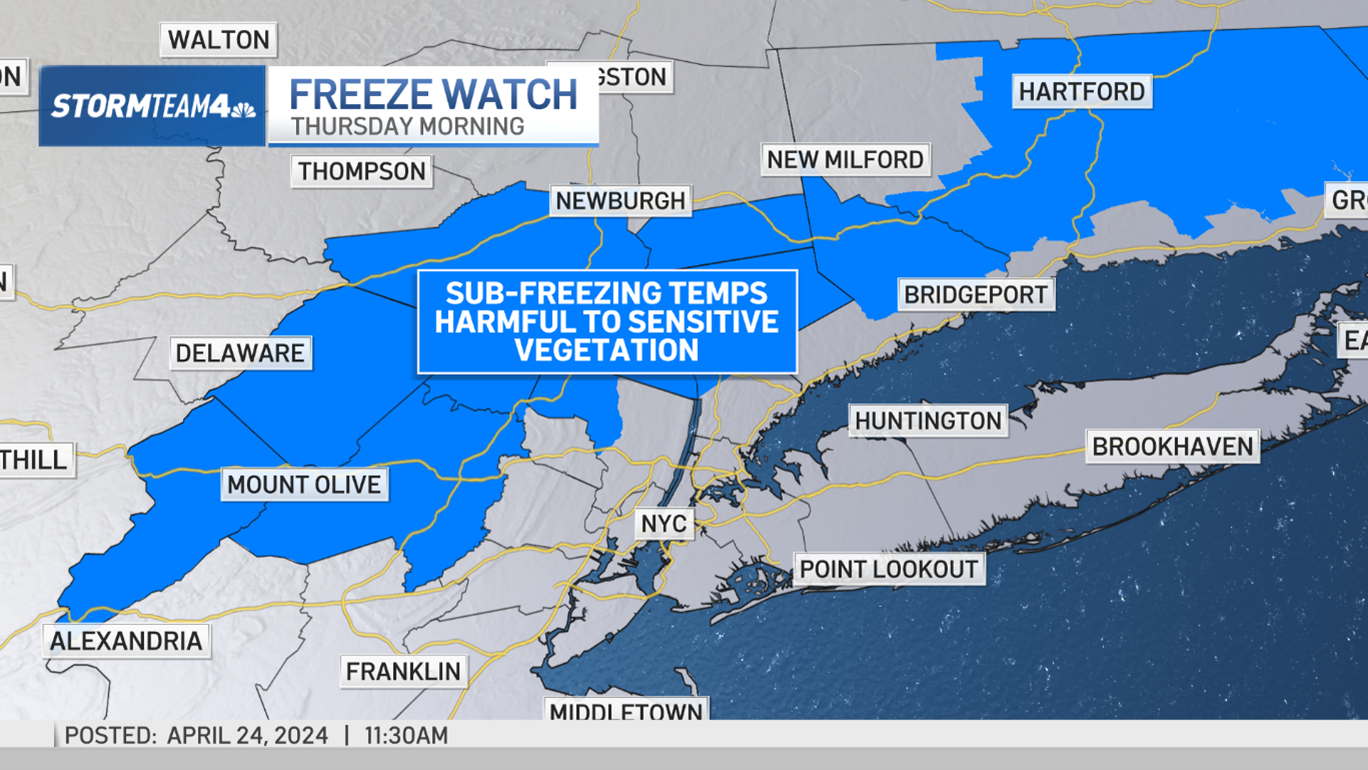What to Know
- More people live in New York City than ever before, Census data from 2010 to 2017 shows
- The city's population has reached more than 8.6 million, with the biggest growth in Brooklyn and Queens
- In terms of percentages, the Bronx saw the biggest jump in people, expanding at 6.21 percent
The population of New York City has reached an historic high of 8.6 million people, accounting for 95 percent of the state’s population growth over the past seven years, according to reports citing Census Bureau data.
As of the 2017 census, the population of New York City is 8,622,698, with 2,648,771 people in Brooklyn; 2,358,582 in Queens; 1,664,727 in Manhattan; 1,471,160 in the Bronx; and 479,458 on Staten Island.
The population of the five boroughs has increased 5.5 percent since 2010, an average annual gain that hasn’t been seen since the first half of the 20th century, when New York City became the nation's epicenter of finance, culture and media and had a booming manufacturing sector, the New York Times first reported.
The Bronx was the fastest-growing county in the state by population percentage gains, jumping by 6.21 percent from 2010 to 2017. That's 86,052 new residents.
But Brooklyn added the most people of any county statewide in that time period, gaining 144,071 new residents (a 5.75 percent increase).
Queens added the second-most people — 127,860 souls — at a percentage gain of 5.73 percent, according to the Times.
Local
Manhattan had the third-largest growth in people, with 78,854 new residents (a 4.97 percent increase).
In fourth was the Bronx, followed by Staten Island, which had an increase of 10,728 people (a 2.29 percent increase).
A majority of counties in New York State — 45 of 62 — saw their populations decline between 2010 and 2017, Census data shows.
These factors have led to an increase in the city’s share of the state’s total population. In 2010, 42.2 percent of New York residents lived in the five boroughs. By 2017, that share had risen to 43.4 percent.



